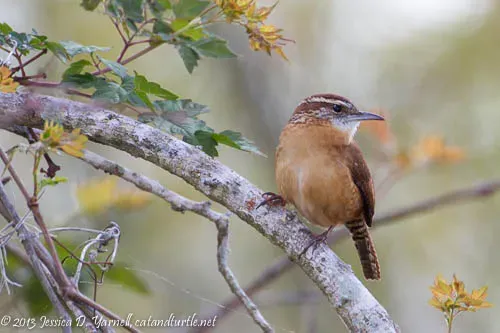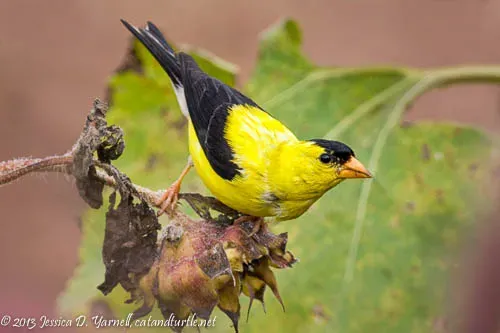Central Florida boasts an incredible diversity of birds in Central Florida, attracting birdwatchers year-round with its marshes, wetlands, beaches, and backyards. From year-round residents to winter migrants and quick migrants during spring and fall, this guide helps you identify common species based on color, location, and season. Whether you’re exploring Viera Wetlands, Circle B Bar Reserve, or your own backyard, knowing these birds in Central Florida enhances every outing. For those interested in backyard visitors that could inspire pet choices, explore options like house birds.
This compilation draws from local observations, highlighting distinctive features, calls, behaviors, and preferred habitats. Use it to filter sightings by time of year—winter flocks in ponds, summer breeders in marshes, or migrants in treetops. Always observe responsibly to protect habitats.
Year-Round Residents in Central Florida
Florida’s mild climate supports many species that stay throughout the year, from backyard favorites to marsh dwellers. These birds are reliable sights in places like Lake Apopka or local parks.
The Anhinga is a common sight sunning on water surfaces in wetlands. Its groan-like call echoes across marshes, and it spears fish larger than its head despite awkward flights. Look for it year-round in swampy areas.
 Anhinga exchanging twigs during nesting at Viera Wetlands
Anhinga exchanging twigs during nesting at Viera Wetlands
The Bald Eagle, America’s symbol of freedom, nests in Florida with massive structures deep enough to shelter eaglets. Spot them statewide, especially in winter near Joe Overstreet Road, as they hunt fish and protect young.
Blue Jays dominate backyards as bold feeders, mimicking hawks with “Jay, Jay!” calls to scare off smaller birds. Their striking blue feathers make them unmistakable amid sunflower seeds.
The Carolina Wren hides under shrubs, belting loud songs year-round. Listen for its teakettle call before spotting its upright tail in dense cover.
 Carolina Wren perched at Circle B Bar Reserve
Carolina Wren perched at Circle B Bar Reserve
Common Grackles form noisy flocks, raiding feeders with yellow eyes gleaming. Boat-tailed varieties have broad tails distinguishing them from others.
Great Blue Herons stalk marshes motionless before gulping fish whole. Their S-shaped necks and blue-gray plumage are iconic in Central Florida swamps.
Winter Visitors and Migrants
Winter brings flocks to Central Florida’s ponds and coasts, fleeing northern cold. Arrivals peak in November, with ducks, shorebirds, and songbirds filling the landscape.
American Coots splash in marshy flocks, “running” on water during takeoffs. They migrate south for winter, gathering in large numbers.
The American Goldfinch arrives mid-November, calling “Potato Chip!” It favors niger and sunflower seeds, uniquely feeding upside down on specialized feeders until spring.
 American Goldfinch eating sunflower seeds
American Goldfinch eating sunflower seeds
American White Pelicans roost in huge winter flocks over marshes, their wingbeats creating impressive noise. Sunrise views at Lake Morton showcase their grandeur.
Blue-winged Teals are early September arrivals, with males flashing blue wing patches in flight and green heads.
For pet enthusiasts spotting similar species, check local options like birds for sale near me by owner.
Ring-necked Ducks dominate winter ponds, males with subtle neck rings and beak stripes visible in good light.
Yellow-rumped Warblers are the most common winter warblers, their yellow rumps and sides popping against black-and-white plumage.
Shorebirds and Waterbirds Along Coasts
Beaches and edges of lakes host agile shorebirds, especially in winter. Fort De Soto and Merritt Island are prime spots.
American Oystercatchers call animatedly along coasts, their orange beaks unmistakable among shorebirds.
Black Skimmers “bark” sharply, using longer lower beaks to skim water for fish. Summer breeders include year-round residents.
 Adult Black Skimmer skimming water at Indian Rocks Beach
Adult Black Skimmer skimming water at Indian Rocks Beach
Dunlins show black bellies in brief spring plumage before heading north, wintering drab on beaches.
Laughing Gulls dominate beaches, their calls mimicking laughter in winter flocks without black heads.
Royal Terns patrol year-round with orange beaks; capture them with fish dangling from mouths.
Raptors, Owls, and Woodland Species
Central Florida skies and trees host powerful hunters and singers.
American Kestrels perch on wires year-round, colorful falcons scanning for prey.
Barred Owls call “Who cooks for you?” day or night from tall trees, daytime sightings common.
Burrowing Owls inhabit grassy fields, nesting in burrows like old tortoise holes. Their expressive faces delight photographers.
 Burrowing Owls in Cape Coral
Burrowing Owls in Cape Coral
Pileated Woodpeckers, the largest local woodpeckers, drum on dead trees year-round.
Red-shouldered Hawks are common yard residents, signaling abundant songbirds—nature’s balance in action.
If observing hummingbirds, note behaviors like territorial displays in hummingbird aggressive behavior.
Backyard and Songbirds
Many songbirds visit feeders, mixing natives with migrants.
Northern Cardinals cheer backyards year-round, males’ red plumage and “chip-chip” calls familiar.
Painted Buntings winter in bushes, males’ rainbow colors stunning against millet seeds.
Tufted Titmice call “Peter-Peter” from oaks, eagerly hitting feeders.
Cedar Waxwings shriek in winter flocks atop berry trees.
 Cedar Waxwing in backyard
Cedar Waxwing in backyard
House Finches fuss cheerily over seeds, range expanding southward.
Rare and Special Sightings
Endangered Florida Scrub-Jays inhabit specific scrub habitats; seek native plant neighborhoods.
Snail Kites, Florida endemics, extract apple snails with hooked beaks in central wetlands.
Whooping Cranes, once near-extinct, number around 600 thanks to conservation; tall figures in reintroduction areas.
For exotic varieties, consider exotic birds near me.
Health tips for pet birds like budgies include remedies for issues in budgies loose motion medicine.
Spot these birds in Central Florida to appreciate the region’s ecology. Consult local vets or Audubon chapters for ethical viewing, and contribute sightings to eBird for science. Start your list today—happy birding!
References
- Cat and Turtle Blog: Detailed observations from Central Florida hotspots (blog.catandturtle.net).
- Audubon Society: Florida bird profiles (audubon.org).
- eBird.org: Real-time sightings and migration data by Cornell Lab of Ornithology.
